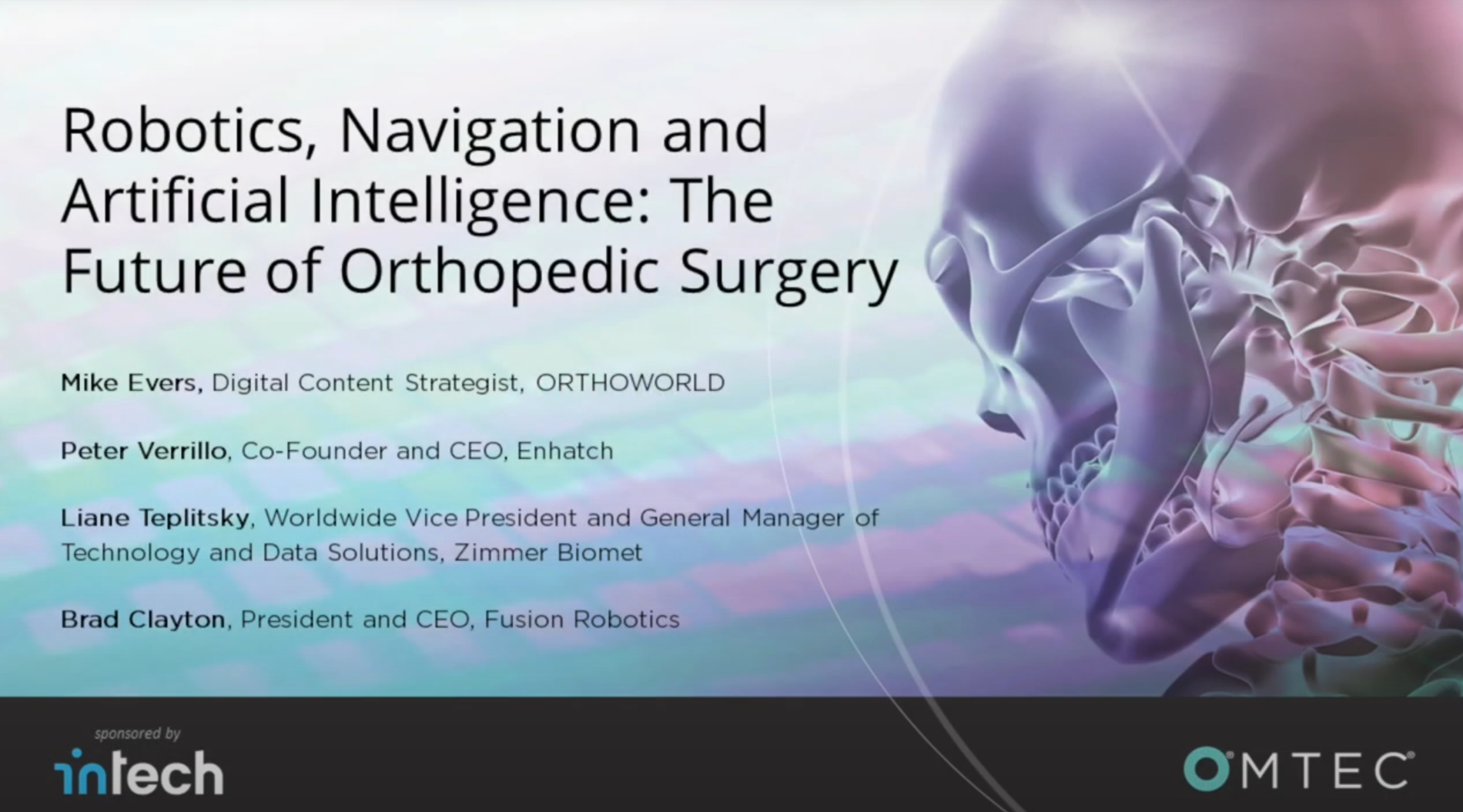In an era where technological advancements are pivotal, the orthopedic sector is on the brink of a revolution, with robotics, navigation, and artificial intelligence (AI) leading the charge. A recent webinar moderated by Mike Evers, a digital content strategist at Orthoworld, brought together industry luminaries to discuss this transformative journey.
The panel included Liane Teplitsky, Zimmer Biomet's Vice President and General Manager; Brad Clayton, CEO of Fusion Robotics; and Peter Villo, CEO of Enhatch. Sponsored by Inch, a global leader in orthopedic medical devices, the webinar provided a deep dive into how these technologies are reshaping orthopedic surgery.
Innovations in Practice
Liane Teplitzky highlighted Zimmer Biomet's ZBEdge™, an integrated suite of digital and robotic technologies, including planning software, the myMobility platform with Apple Watch, and Rosa Robotics, all connected through the OrthoIntel Orthopedic intelligence platform. This integration aims to revolutionize patient care by enhancing outcomes and driving technologies to market.
Peter Villo shared his journey from working on the Scorpio knee at Stryker to founding Enhatch, focusing on leveraging data from MRI, X-rays, and CT scans for pre-operative planning based on AI. This approach aims to improve surgical precision and outcomes through a comprehensive data feedback loop.
Brad Clayton discussed Fusion Robotics' aim to provide an economical, compact, and efficient robotics platform to the spinal surgery market, highlighting the importance of making technology accessible and efficient.
Economic and Clinical Justifications for Advanced Technologies
While initial costs are high, the long-term benefits of robotics, navigation, and AI in orthopedic surgery—including improved accuracy, patient outcomes, and operational efficiencies—justify the investment. The focus is on developing systems that offer value through enhanced clinical outcomes and reduced operational costs, ultimately benefiting patients, surgeons, and healthcare systems alike.
Overcoming Barriers to Adoption
Beyond hurdles in widespread technology adoption, such as cost, training, and integration with hospital systems, it was emphasized that ongoing innovation, coupled with improvements in efficiency, data analysis, and patient care, will drive future adoption.
The Vision for the Future
The future of orthopedic surgery is envisioned as a fully integrated ecosystem where robotics, AI, and navigation technologies not only assist in surgery but also in pre- and post-operative care, driven by a wealth of data that informs clinical decisions for personalized patient care.
As we stand on the precipice of this new era, it is clear that the collaboration between industry leaders, healthcare professionals, and technology innovators will be key to unlocking the full potential of these advancements, heralding a future where orthopedic surgery is more precise, efficient, and patient-focused than ever before.

.webp)




Leave a Comment